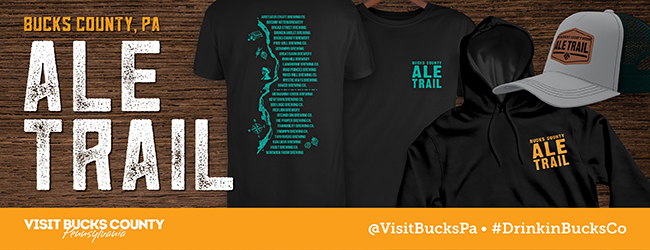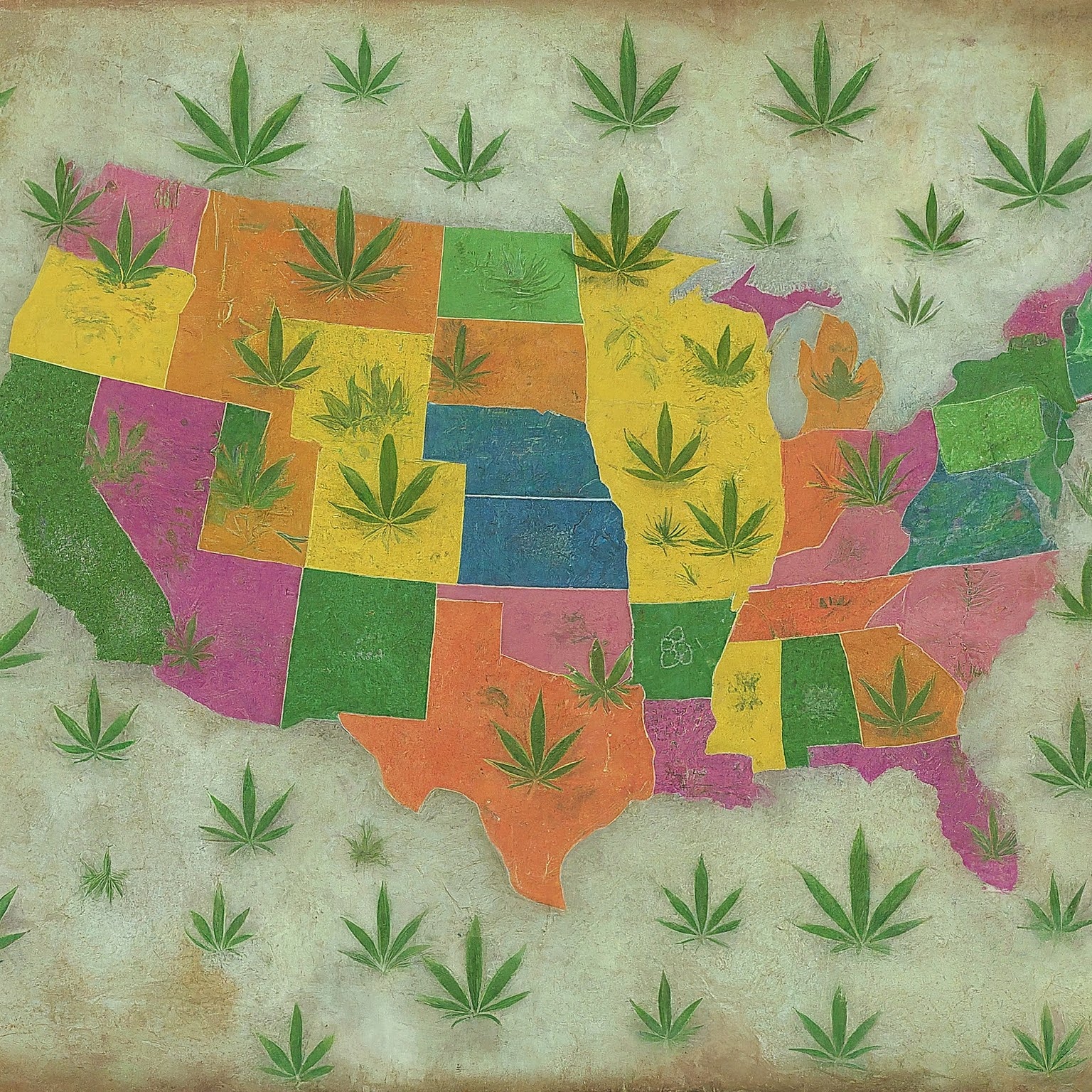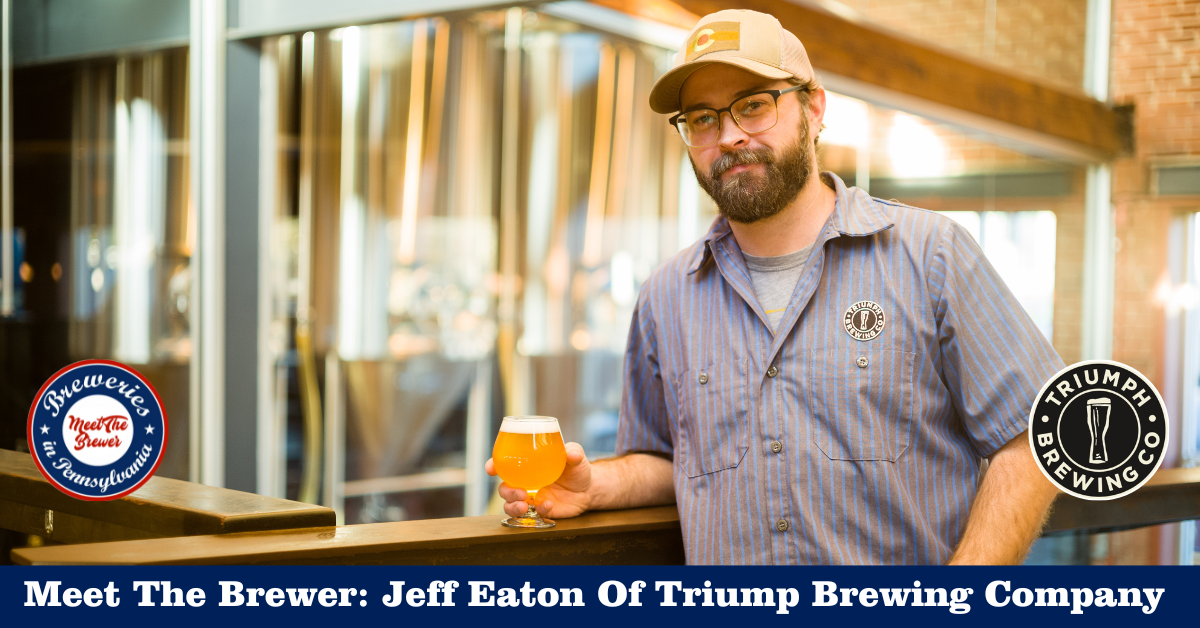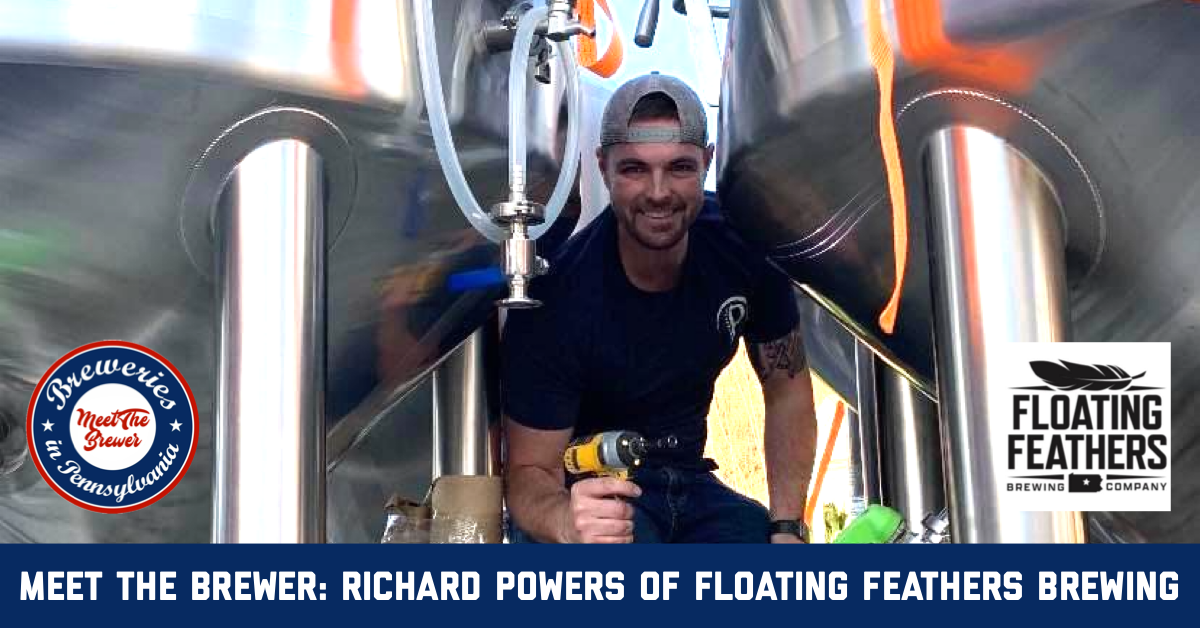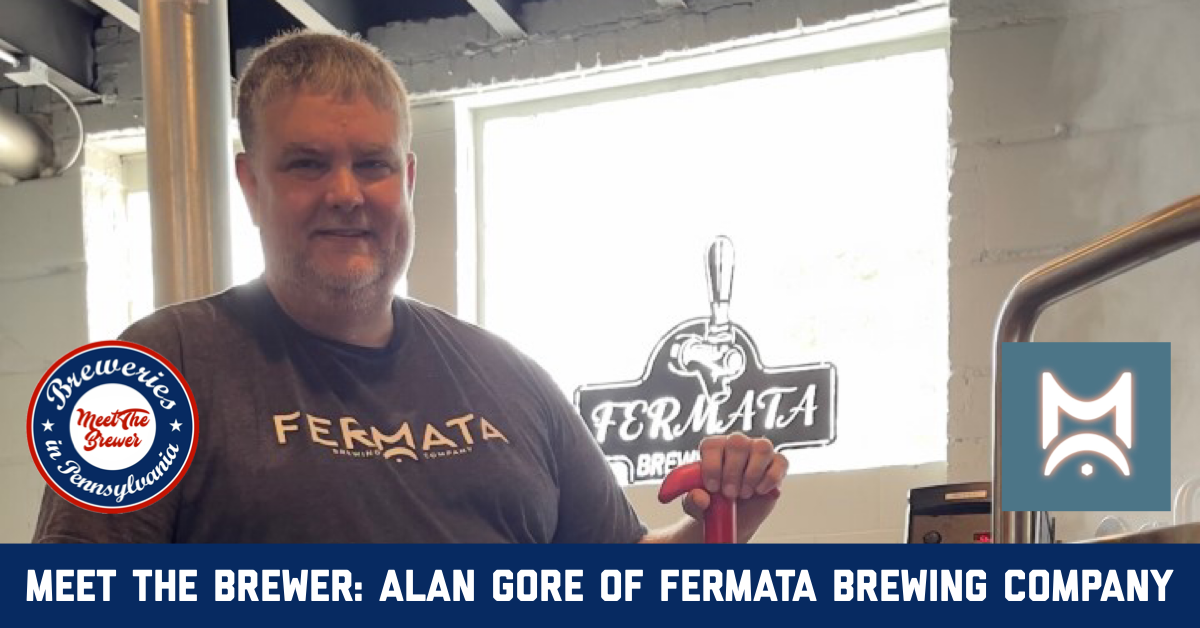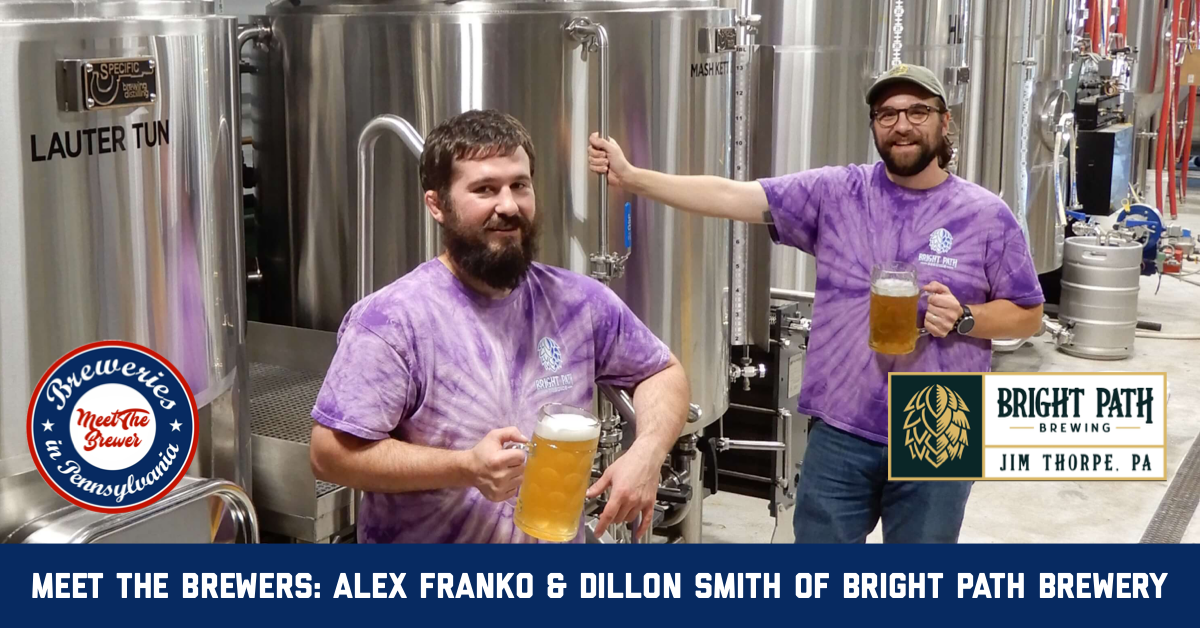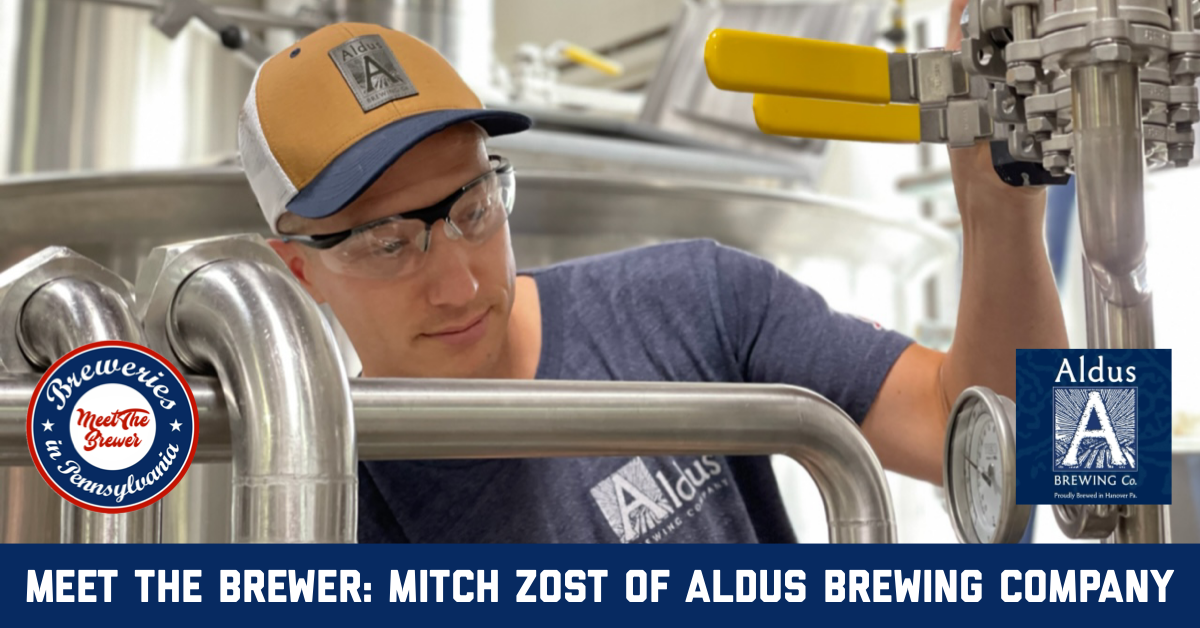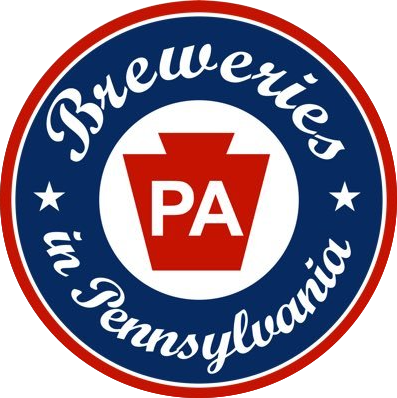Welcome to our “Meet The Brewer” series! Where we interview brewers in Pennsylvania, from breweries small to large. Let us know if you know anyone who should be featured, email us at [email protected].
Cartel Brewing first opened in March of 2021 at 928 North Prince Street, in Lancaster, PA. They brew in a 2,100 sq/ft building, brewing on a 5BBL brewhouse, with 16 taps at the bar. The brewery is also known for blending beers, they blend in the fermenter, in the keg, and at the taps.
Adam Chamberland is the co-owner and head brewer at Cartel Brewing. Read more to find out his introduction to craft beer, where he sees the craft beer industry heading, and more!

What was your introduction to craft beer?
Technically, Sam Adams Boston Lager, Oktoberfest, and Sierra Nevada Pale Ale. Then a coworker at the time gave me a Midas Touch and Palo Santo Marron from Dogfish Head and that’s what really got me hooked.
How did you get started as a brewer?
A friend started homebrewing back in 2007 and invited me over to help. Eventually, I developed my own recipe idea and we brewed it together. Not long after, I bought my own brewing equipment from another friend who was giving up the hobby, but ultimately he ended up brewing with me for several years and taught me a good bit about the process. In 2015 I was encouraged to enter my first competition with a massive Imperial Stout brewed with fresh pulled espresso shots. We made the top 10 at the Lititz Craft Beer Festival and ultimately won the public vote. My buddy and I invested in a nicer brew system and discussed the potential of opening a small brewery.
He ultimately decided he did not want to pursue brewing professionally so I was on my own for a few years. I kept developing recipe ideas, brands, and concepts as well as creative ways to push flavor boundaries in beer, all while being immersed in the subculture of craft beer road trips, trading, beer releases, etc. It was inspiring to witness the utter explosion of craft beer over those 12 years. I learned a lot from other homebrewers, professional brewers, and simple trial and error. In 2018 I started talking to a few friends/potential partners and in late 2019 our business was formed. That’s the super-condensed version of the story. The awesome folks in the craft beer enthusiast/trading community have been a huge support and influence over the years and I am grateful for them.
What style allows you to be the most creative, and why?
That’s a bit of a tough question for me as I’ve done some crazy stuff over the years with many different styles. I brewed a Belgian barleywine with fresh house-made duck sauce. I like experimentation just as much as I love untouched classic styles. I think my cream ale recipe has been an awesome base to be creative with. It’s a great beer by itself but it also provides a nice clean canvas for flavor exploration. We’ve blended that beer with fresh Amish farm root beer, loose-leaf Thai iced tea, fresh-pressed strawberry coconut and vanilla beans, and black tea with lemon. It also is a great beer to infuse with higher quality coffee varieties. You can really get all the intricacies and flavor notes of the coffee when it’s not competing with dark roasted malts as with stouts and porters.

What was the first beer you ever brewed, and what did you learn from it?
I took a Mad Elf clone recipe and tweaked the malt bill a bit. I also used plums instead of cherries. It actually turned out really nice and the bottles I saved for several years only got better over time. It was an all-grain recipe so we learned a lot about mash temps and efficiency. I also learned that when you brew big bold Belgian strong ales, simply using a small airlock for blow-off during fermentation is an amateur move, and oxy clean is a great choice for getting beer out of a rug.
Where do you see the craft beer industry heading in the next few years?
I think it’s been clear that the market has been able to support the massive surge of independent breweries over this last decade and it’s been awesome to see so many people embrace craft beer. In the coming years, I see a far more educated and particular consumer, which will continue to encourage the necessary shift towards quality over quantity. The positive takeaway from that would be that this will challenge all of us as brewers to avoid getting too comfortable and continue to learn, grow and push the limits of how great we all can be, which ultimately only creates an even greater experience for all of our customers as well….Also more Lagers.
Describe what it’s like to be a brewer in Pennsylvania.
Overall, Pennsylvania is a great state to operate a brewery in. Having so many breweries and craft beer production makes for a strong support system and opportunity to influence our state and local governments to constantly push to make things better. There are so many resources available and peers who are almost always willing to help. Our Lancaster County Brewers Guild took inspiration from the Pittsburgh Guild and officially launched last year. That has been an awesome way for us all to stay in touch and build new friendships despite how busy we all are.

What is the inspiration behind your beer names?
Probably a vast mixture of things. I like simplicity, meaningful words that can somewhat align with the beer style or beer itself, or creating themed series. Over the years, I named my homebrew ‘brands’ and for the most part, have kept most of those names. I also liked coming up with name ideas that weren’t already taken (at least at the time I came up with them). I like name series that can have multiple beers. Our flagship Glow has been a beer I’ve been making for over 7 years. Then we do Afterglow, which is the Double IPA version. At some point, we will brew Everglow, which is a Triple IPA. The Pines is our West Coast IPA and Beyond the Pines a Double. We have a Milk Stout series called In The Dark. Whispers in the Dark is the base version, Voices in the Dark is an Imperial, and Screaming in the Dark is a bigger imperial that typically gets aged in a bourbon barrel. Glow in the Dark is a merger of Glow and Whispers.
What is your favorite beer to drink right now?
In general, a Pilsner or our English Mild ‘Publick’.
What is the most important lesson you learned in the beer industry so far?
Never stop learning and don’t be afraid to ask for help. This industry is full of amazing people with an endless level of diverse experience. I can only hope to be as much of a help to others someday as others have been to me.
Thank you to Adam for talking with us! Make sure you visit Cartel Brewing’s website to see all the latest beers and news. Also, follow Cartel Brewing on Facebook and Instagram.





